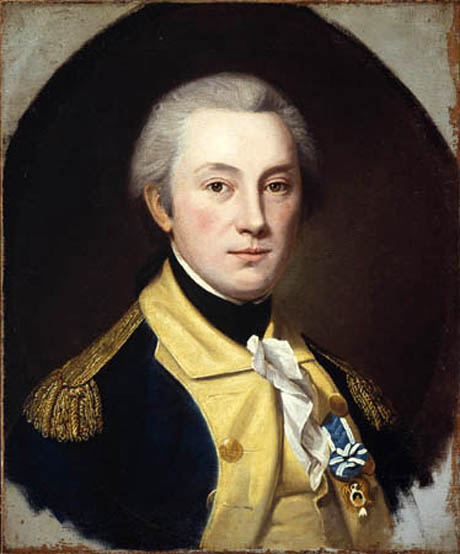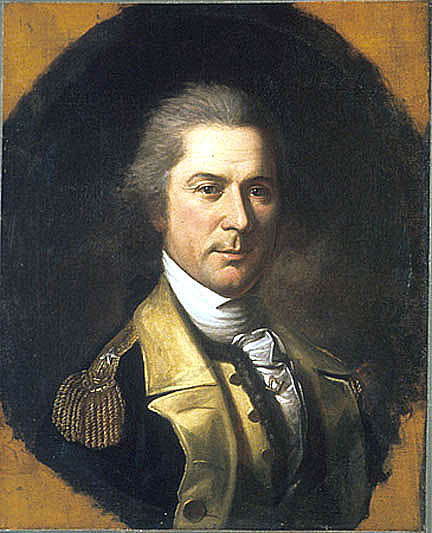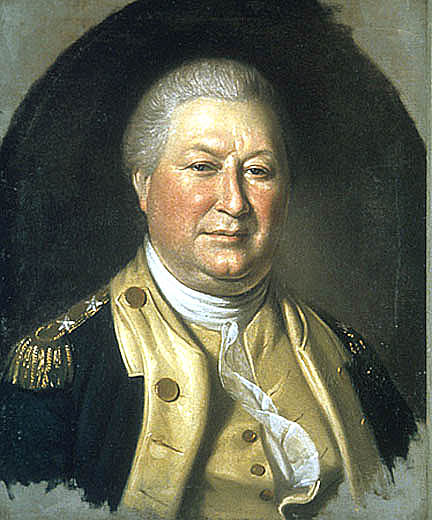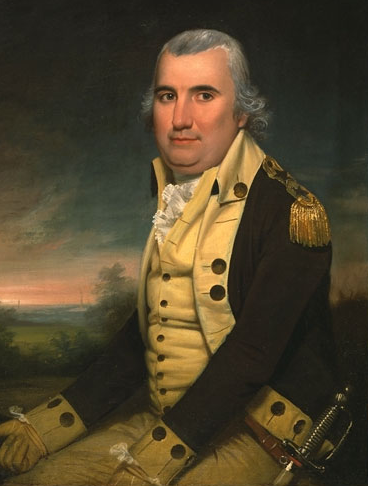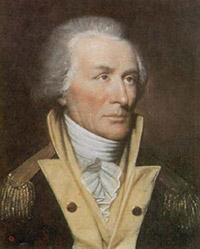Been a while since I posted anything, it's good to be back.
~United States~
State Flag:
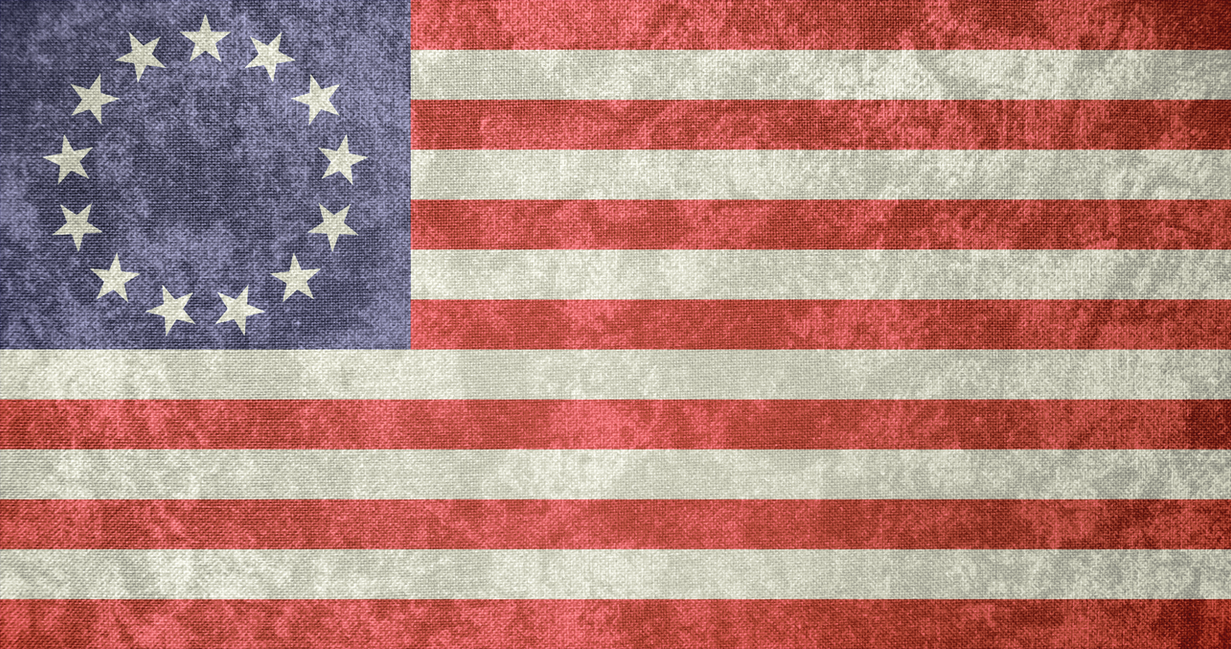
The First Official Navy Flag 1777-1795 (U.S.S. Ranger Flag):

President: Elias Boudinot (1740 – 1821)
After Elias Boudinot several more "presidents" followed until the official proclamation of George Washington as the 1st President of the United States in 1789. They include (chronologically):
Thomas Mifflin (1744 – 1800)
Richard Henry Lee (1732 – 1794)
John Hancock (1737 – 1793)
Nathaniel Gorham (1738 – 1796)
Arthur St. Clair (1737 – 1818)
Cyrus Griffin (1748 – 1810)
And finally George Washington (1732 – 1799) who held the office as the 1st President of the United States from April 30, 1789 till March 4, 1797:
Ministers:
1. United States Secretary of Foreign Affairs (later United States Secretary of State): Robert R. Livingston (1746 - 1813)
2. Superintendent of Finance of the United States (later United States Secretary of the Treasury): Robert Morris (1734 – 1806)
3. Chief Justice: Thomas McKean (1734 – 1817)
4. United States Secretary at War: Benjamin Lincoln (1733 – 1810)
5. United States Secretary of the Navy: Gouverneur Morris (1752 – 1816)
Opposition:
1. John Jay (1745 – 1829)
2. Alexander Hamilton (1755 – 1804)
3. Thomas Jefferson (1743 – 1826)
4. Henry Knox (1750 – 1806)
5. John Adams (1735 – 1826)



























 Reply With Quote
Reply With Quote






